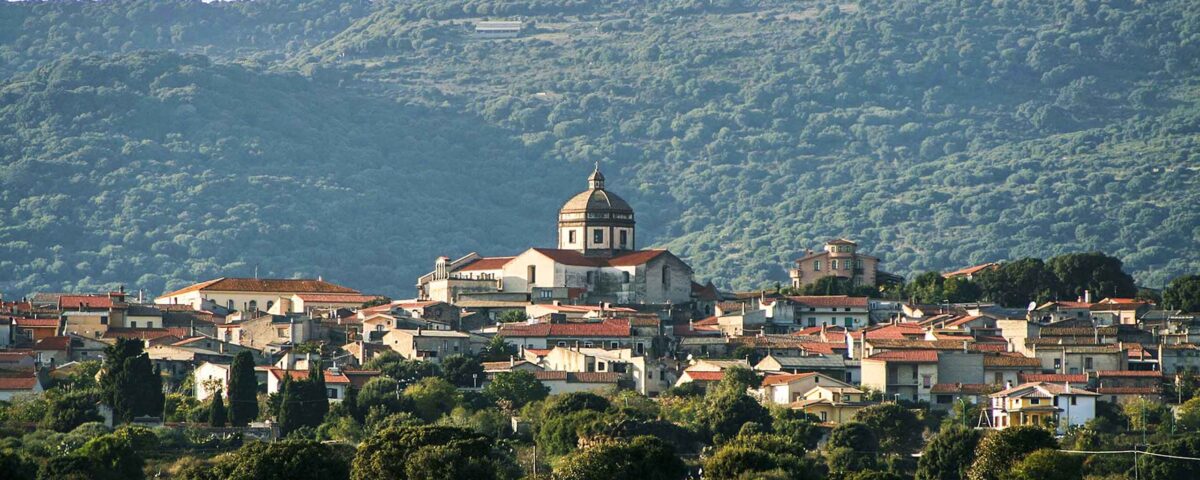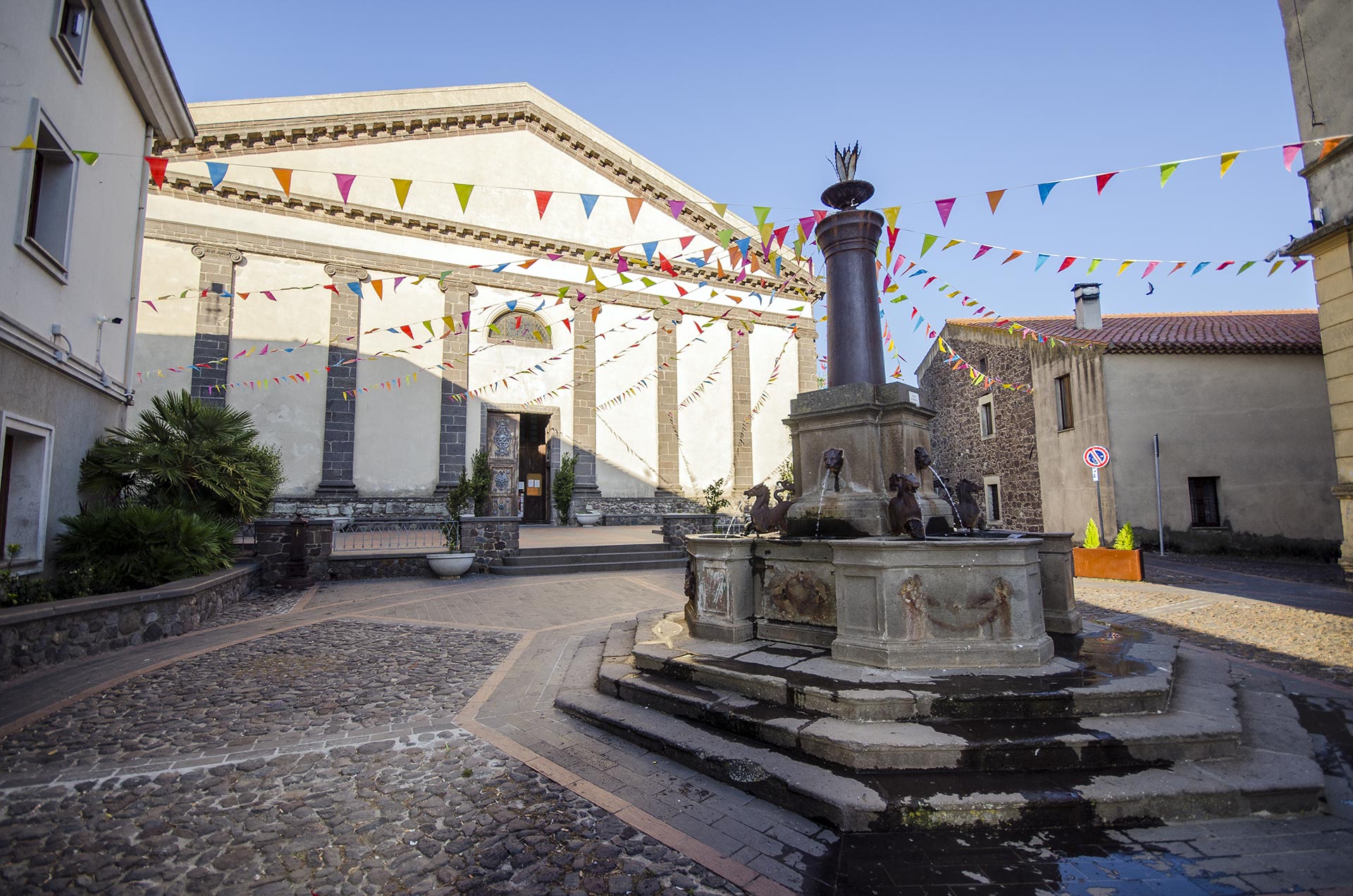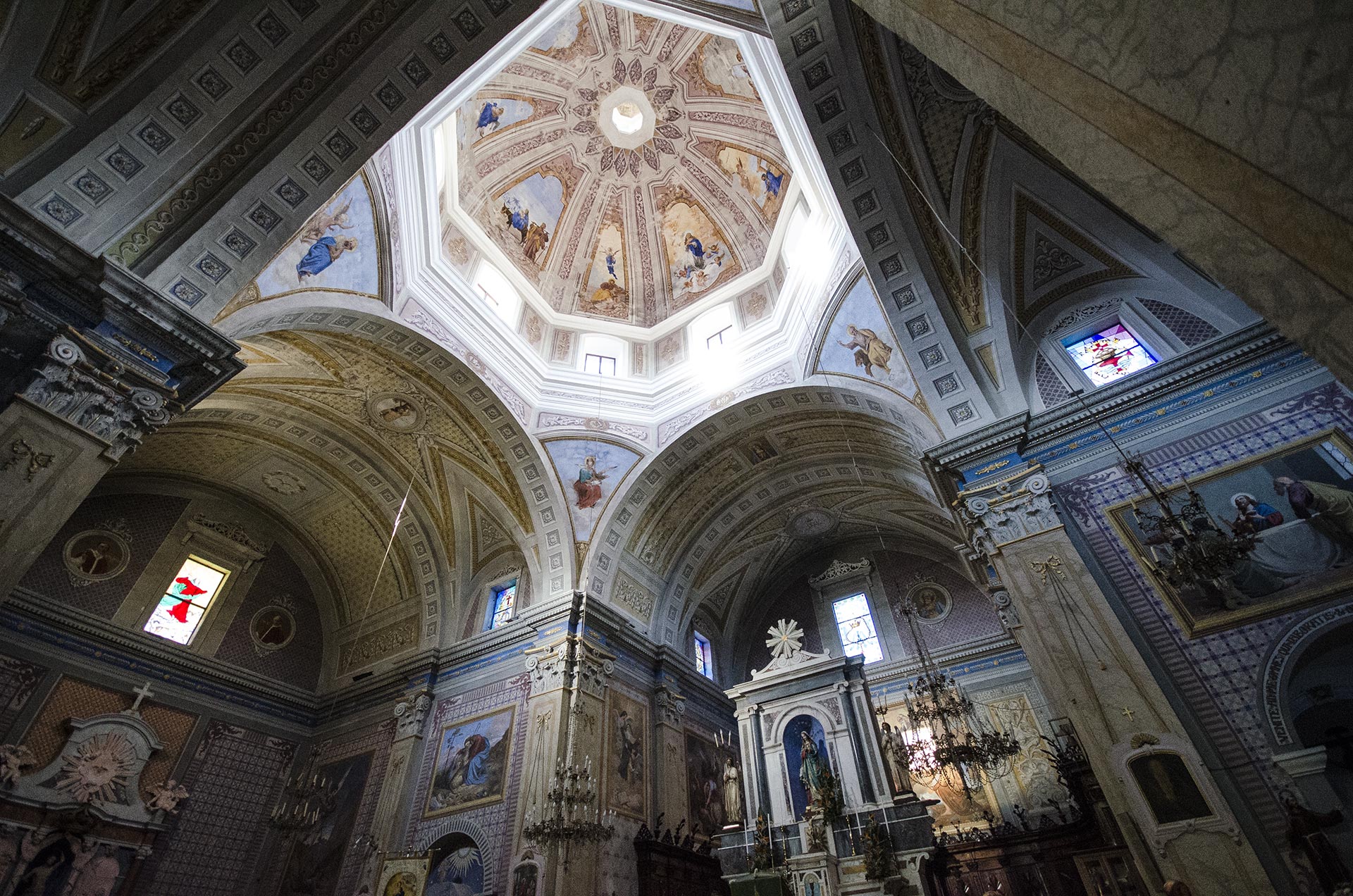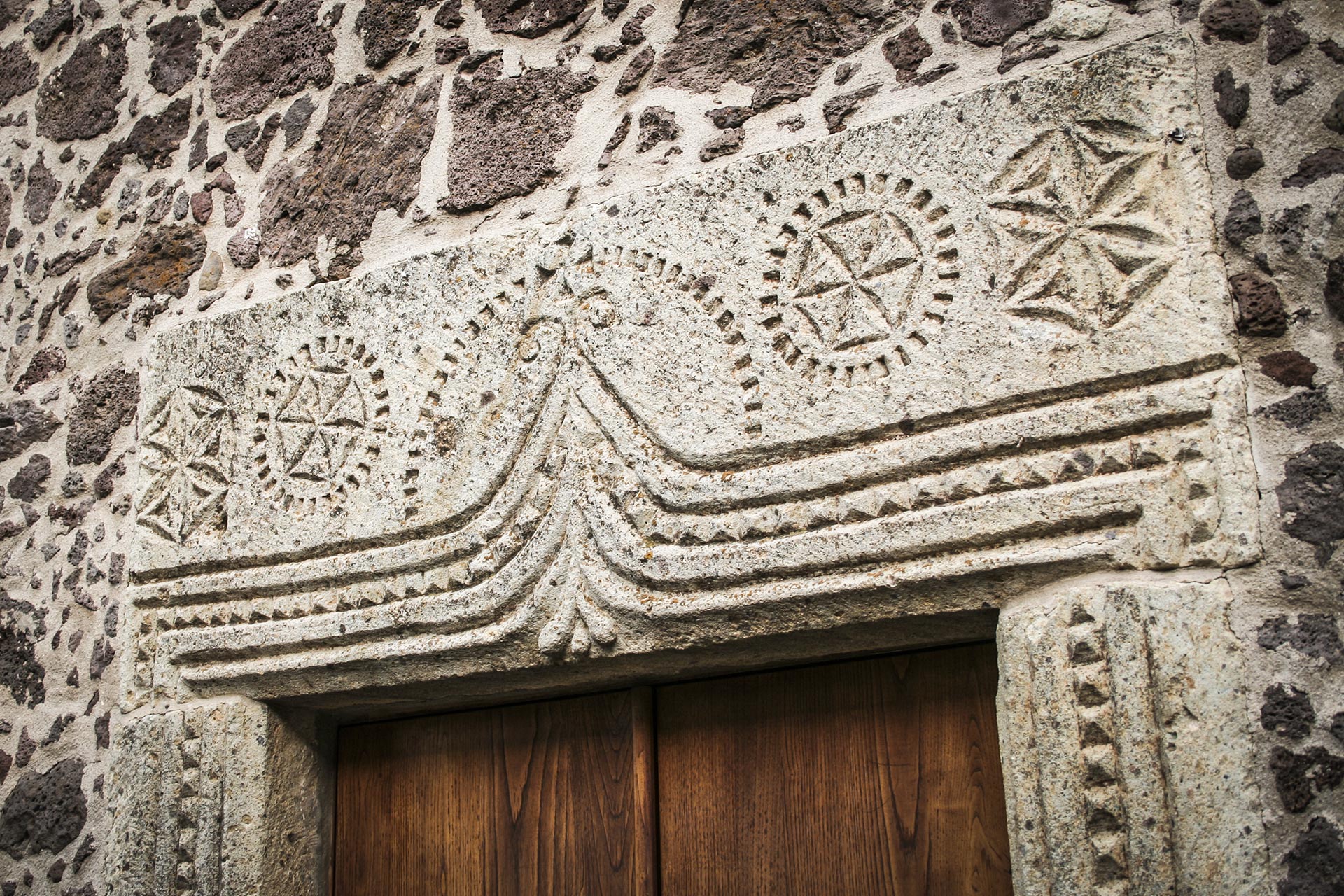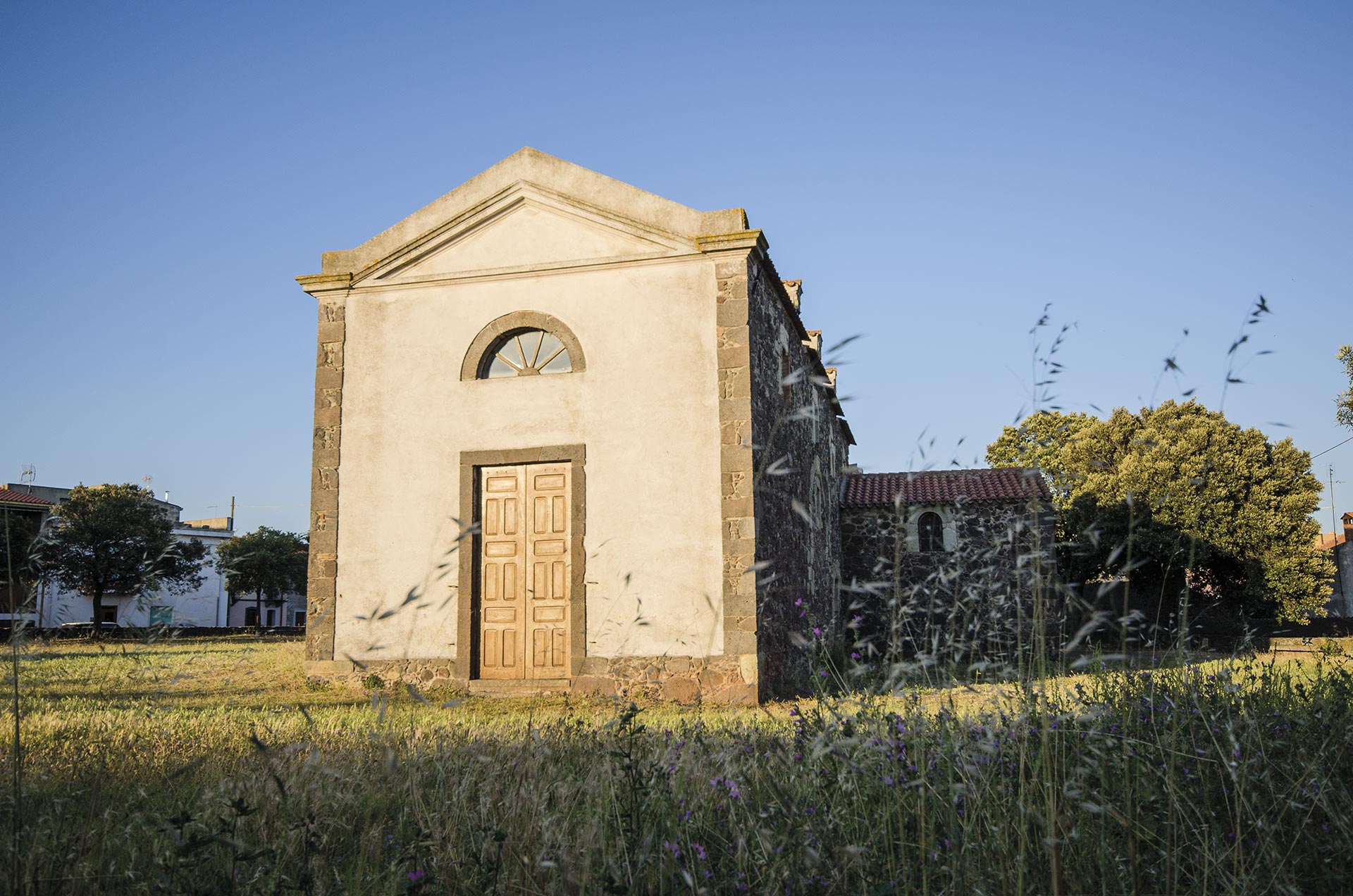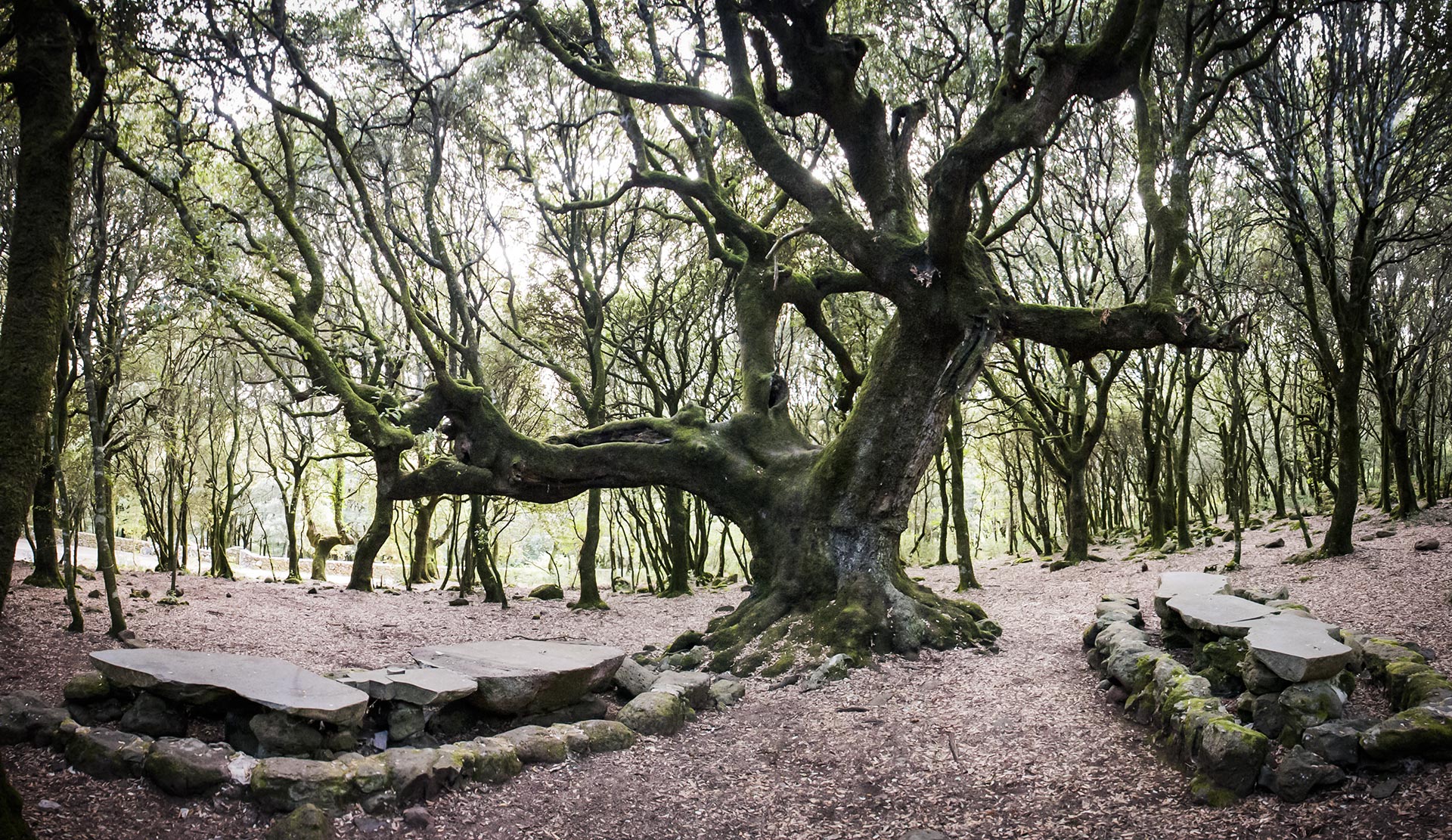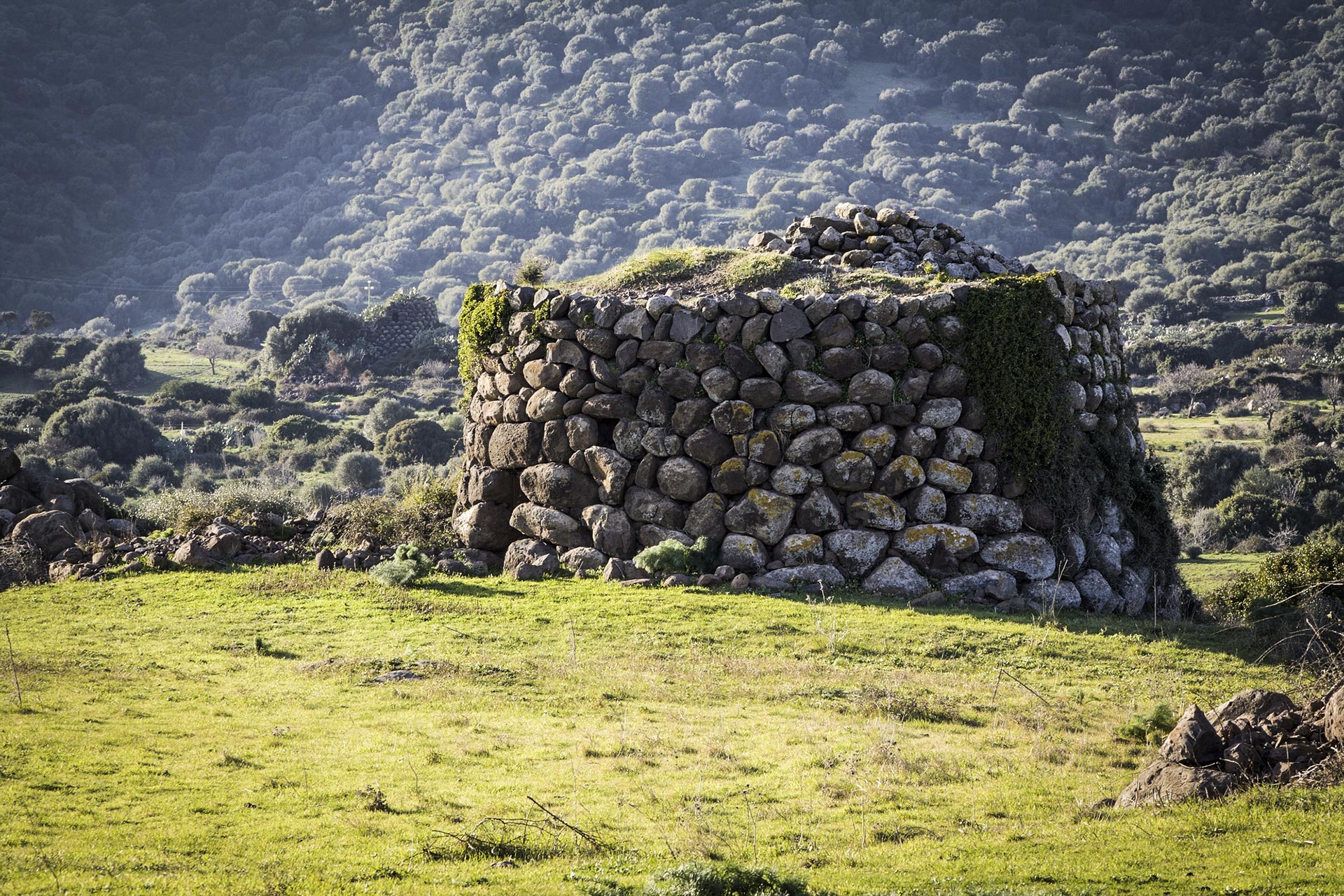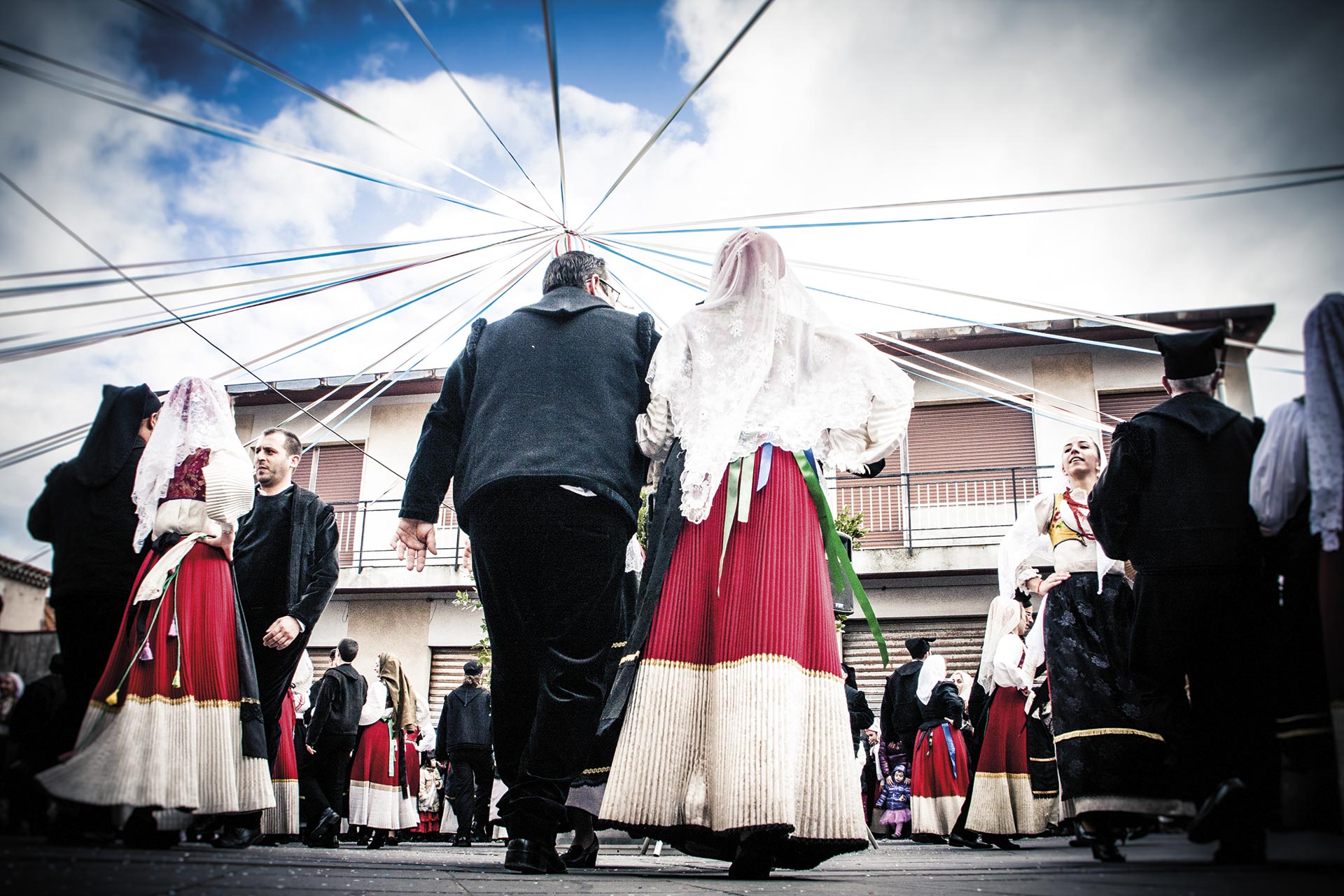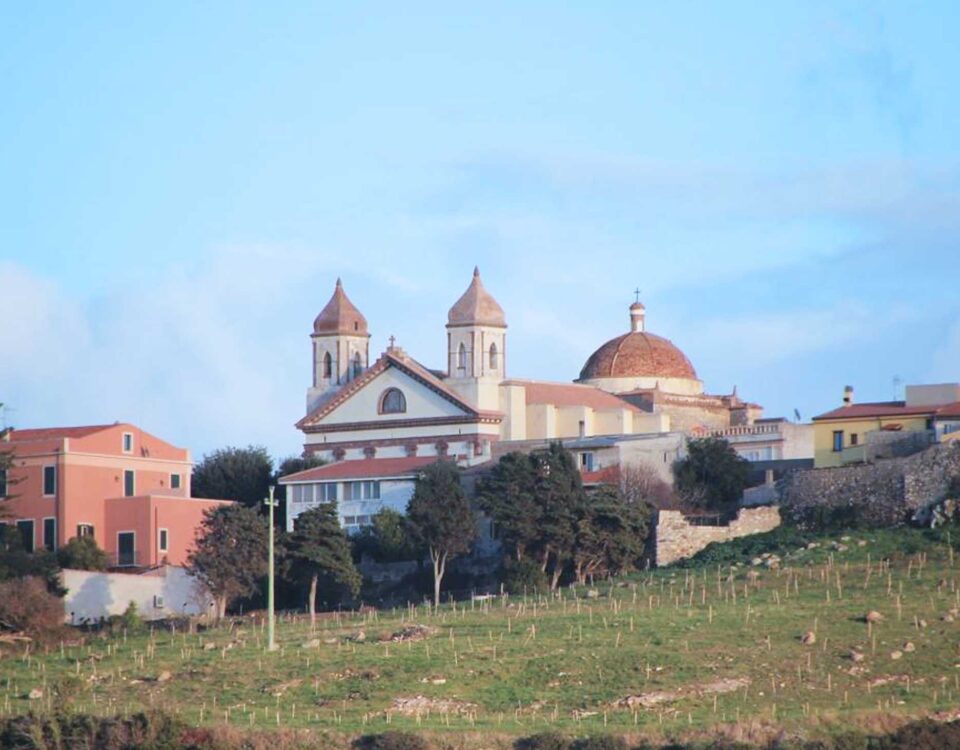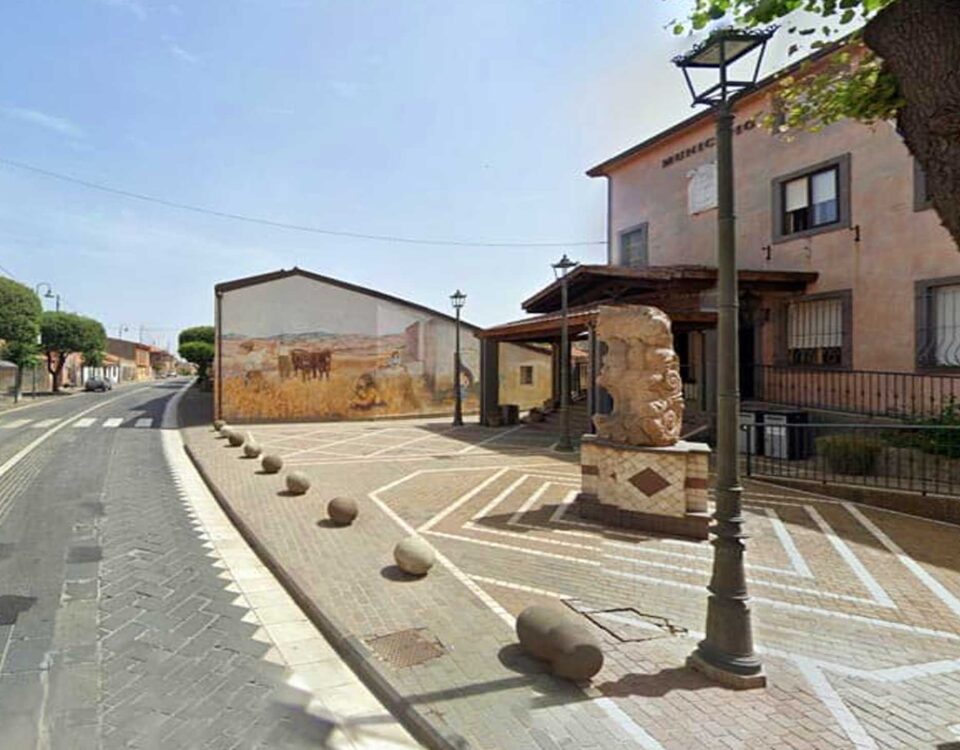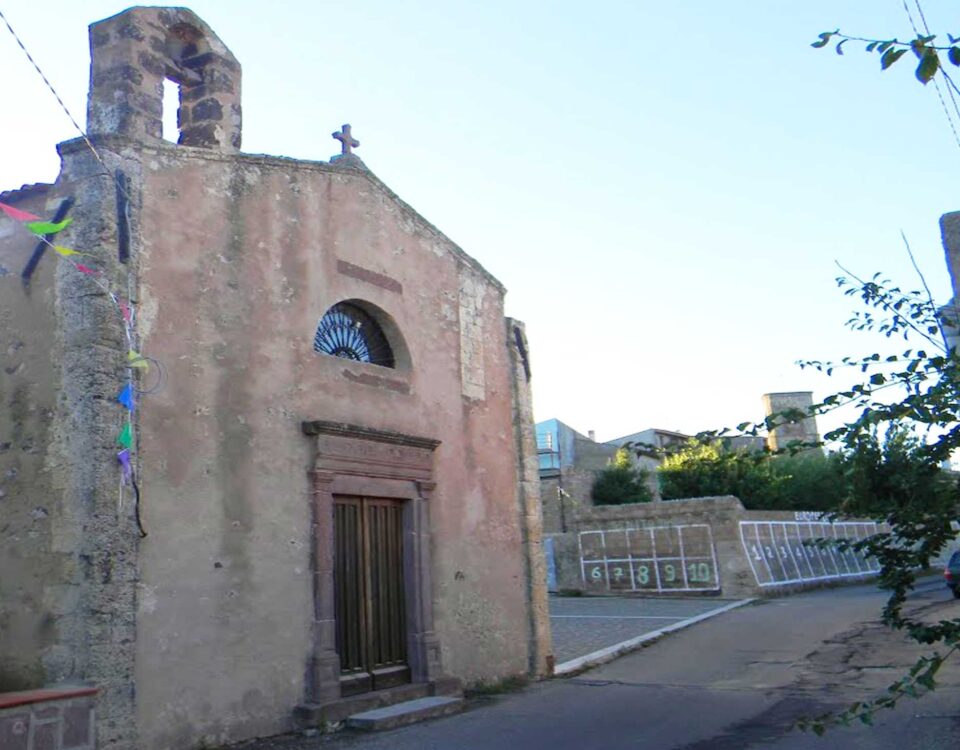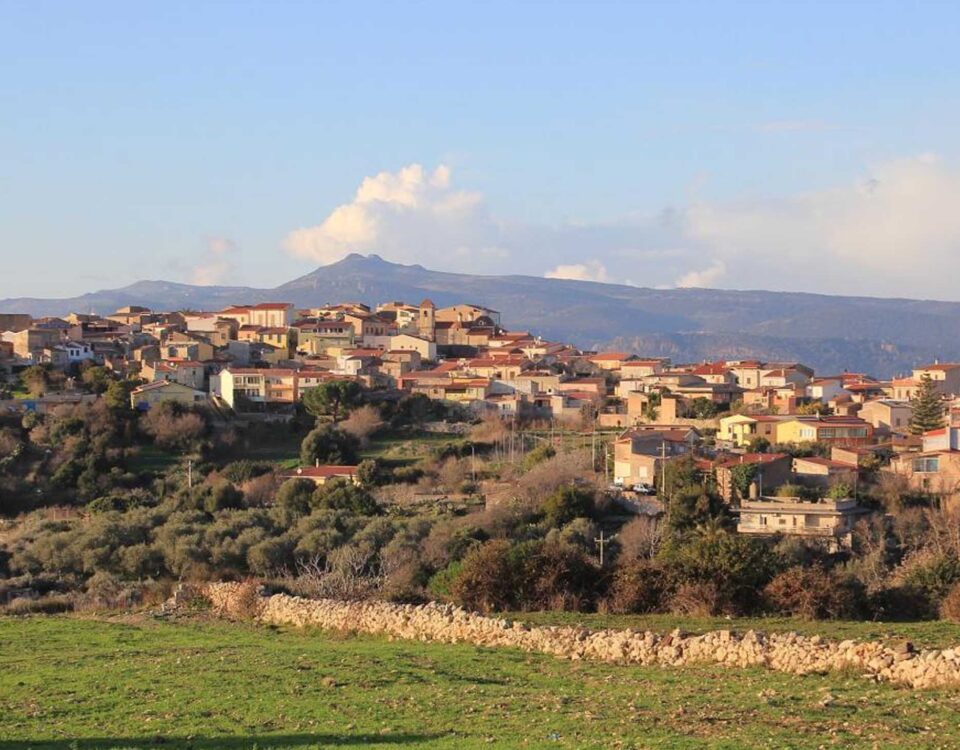
Municipality of Nurachi
28 March 2023
Municipality of Scano di Montiferro
28 March 2023Seneghe is immersed in dense, verdant holm oak forests near Monte Sos Paris, on the eastern slope of Montiferru. The origin of the name goes back to the Sardinian sa 'ena, meaning the abundance of water in the wells, precisely because the village is rich in springs with diuretic properties. It is a town of about 1,700 inhabitants, located at 310 m above sea level in the centre of a largely hilly territory, which extends from the last offshoots of the Campidano (40 m above sea level) up to the highest altitudes of the massif (825 m above sea level).
Very rich in natural vegetation, the surrounding wooded area offers beautiful scenery: at altitudes above 750-800 m above sea level, forests dominate, including 'su monte': a communal forest of 900 hectares of holm oaks, holly trees and numerous animal and plant species of absolute naturalistic value.
The village is known for its honey production, for which it has won national awards, but its economy boasts in particular an excellent production of olive oil and red ox meat. The culture of olive oil, which has deep roots here as well as great economic and social value, is linked to the Montiferru Prize, a national award for quality olive oil.
But handicrafts are also of particular importance, albeit based on small-scale production: carpentry, stone working, carpentry and wrought iron, and the making of Sardinian costumes.
READ ALL
Noteworthy is the increase in cultural tourism that revolves around literary, film and music festivals. Above all, 'Cabudanne de sos poetas' awarded as the best Italian cultural poetic event in 2009, but also horse-related tourism.
The town has an interesting historical centre and a rich heritage of traditions. Interesting are the basalt buildings that preserve Aragonese architectural elements.
The presence of water is the main reason why man, as early as 2000 B.C., chose to settle on the plateau that interrupts the steep descent to the Campidano plain. The oldest archaeological evidence dates back to the beginning of the Nuragic civilisation: proto-nuraghi, nuraghi, nuragic complexes with several towers, fortifications. There are at least one hundred, some of which are still superbly erected, in addition to the numerous mound tombs, tombs of the giants, - at Serrelizzos and S'omo de sas Zanas - dolmens, menhirs, betili. Of equal beauty are the Punic sites of S'Issizzu, where there is a spring of the same name, and Mesone Majore and Zippiriu.
Inhabited since Phoenician times, it was later colonised by the Romans, as evidenced by the large number of artefacts found.
The paved sections of the road leading to Cornus date back to the Phoenician period, strategic because it guaranteed the transport of goods from the sea to the Montiferru mountains.
The most important Roman evidence is the thermal spring in the locality of Sa Funtana Fraigada, but also the areas of Barili, Cannas de Piscamu and Zippiriu, where numerous relics have been found, including a beautiful female head in marble, a bronze medallion with traces of fine gilding and a small lion's head, donated to the archaeological museum in Cagliari, as well as sesterces and axes minted by various Roman emperors, which demonstrate the persistence of the Romans in the Seneghe area over the centuries.
In 1191, the condaghe di S. Maria de Bonacatu di Bonarcado mentions the declaration of the church of Santa Maria as being part of the religious district of the mitria arborense: Seneghe was one of the towns forming part of the Campidano di Milis.
Remains of megalithic walls were found at the site of the parish church: in all probability, this was an ancient place of worship, which was succeeded by a Christian temple and finally the present building. The parish church, dedicated to the Immaculate Conception and the patron saint Saint Sebastian, was built by Sardinian master builders from Cuglieri, Oristano, Santu Lussurgiu and Seneghe and consecrated in 1893. Of considerable size, it houses a 16th century crucifix, wooden statues of saints, frescoes by 19th and 20th century Cagliaritan painters and two works by Giovanni Ciusa Romagna and Carmelo Floris.
Worth visiting are the Oratorio del Rosario, seat of the Confraternity of the same name, dating back to the 17th century, with its vault frescoed in the second half of the 19th century by the Ligurian painter Dancardi, the Church of Santa Maria della Rosa, originally rural, now seat of the Confraternity of Santa Croce, the oldest part of which probably dates back to the 13th century, and the Church of Sant'Antonio da Padova, built from 1630 onwards, once had a gilded wooden altar of which few traces remain.


